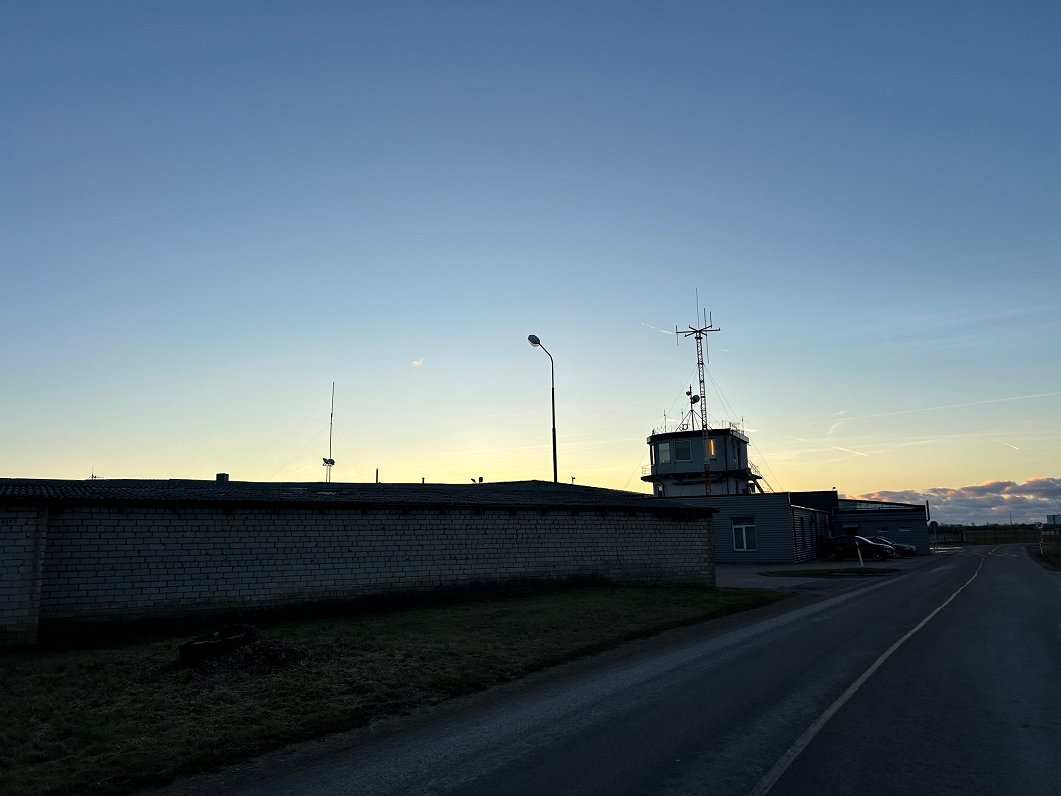This summer, the flights are scheduled to align with special events in Liepaja - the World Rally Championship and the music festival "Summer Sound". The Mayor of Liepāja hopes to receive support from the state to restore regular services. Could this happen? And what are the benefits of these special flights?
Six return trips are planned between Rīga and Liepāja this summer by airBaltic, which stopped flights between the two cities in 2020 when the Covid-19 pandemic swept across Latvia.
Flights between Rīga and Liepāja have only just resumed this summer. However, these are special flights. From July 11 to 22, you can fly to Liepaja on Thursdays and Sundays, and back on Fridays and Mondays. During this period, the World Rally Championship, or WRC, will start in the capital and continue in Kurzeme, including Liepāja. You will also be able to fly there in early August, when one of the biggest music festivals in the Baltics, Summer Sound, will take place.
The flight leaves Riga after 11 pm and Liepāja before 6 am. The fare is fixed at €39. But until Wednesday next week, airBaltic is offering tickets for cheaper.
This summer, the average number of passengers on the four flights was around 70, or just about half. The situation on the upcoming flights is similar so far, says Augusts Zilberts, a spokesman for the airline, adding that some passengers used connecting flights, meaning they traveled from abroad and changed planes in Riga.
"Ideally, all seats on the plane should be filled to make it as cost-effective as possible, but it should be noted that this concept of "pop-up" or specially organized flights is a novelty, an experiment of sorts, so the figure is considered satisfactory," Zilberts said.
Although many people want to fly more regularly between the two cities, the company does not plan to resume regular flights, Zilbert said.
"Because according to our calculations, taking into account the demand, although it is there, it is not sufficient, and taking into account the capacity, the Rīga-Liepāja-Rīga route would not be profitable in the current conditions, even with seasonal regularity. We have not returned to such a regular route after the pandemic, because airBaltic also no longer has smaller aircraft in its fleet that were still around during the pandemic - with an average capacity of just over 70 seats," the airline's spokesman explained.
The Mayor of Liepaja, Gunārs Ansiņš, is more hopeful about the restoration of regular air traffic, pointing out that air traffic to Rīga is very important.
"We have worked and discussed a lot with airBaltic on these issues. Of course, this summer's trial is perhaps short enough to clarify the economic return for airBaltic, but at the same time, we are continuing the dialogue for next year. It is important that the Latvian government also supports this kind of program and project, similarly to what is done at the neighboring Palanga airport, where there is de minimis state aid for flights to, for example, Amsterdam and other destinations," Ansiņš said.
However, the Ministry of Transport says that the possibility of co-financing flights between Rīga and Liepāja is not currently under consideration due to the implementation of priority infrastructure projects.
This year, along with state-subsidized bus services, two commercial carriers have also started to operate between Riga and Liepāja. For almost a year now, a train has been running to and from Liepāja every day, and two on Sundays – though considering this is a link between the largest and third-largest cities in the country, it pales in comparison with equivalent links in most other countries.
In the first half of this year, more than 40,000 passengers were transported on the route, according to the train operator Vivi. The company says that the number of services between Rīga and Liepāja cannot be increased. However, there may be a solution. The company has started to assemble a six-car train from Estonia, which will be able to seat 470 passengers, more than twice as many as on the current train composition to Liepāja, said company spokesman Edgars Butāns.




























